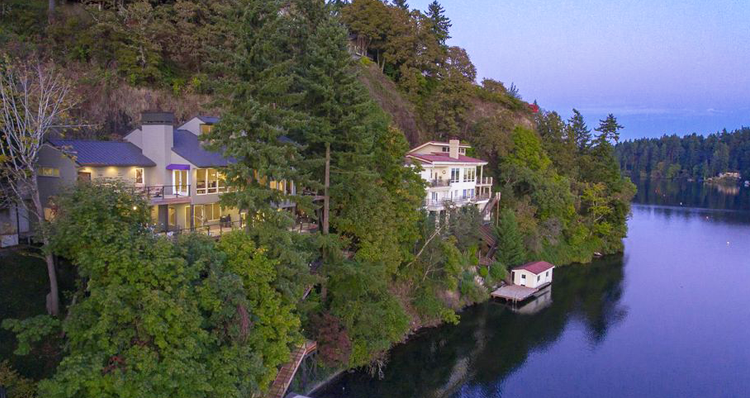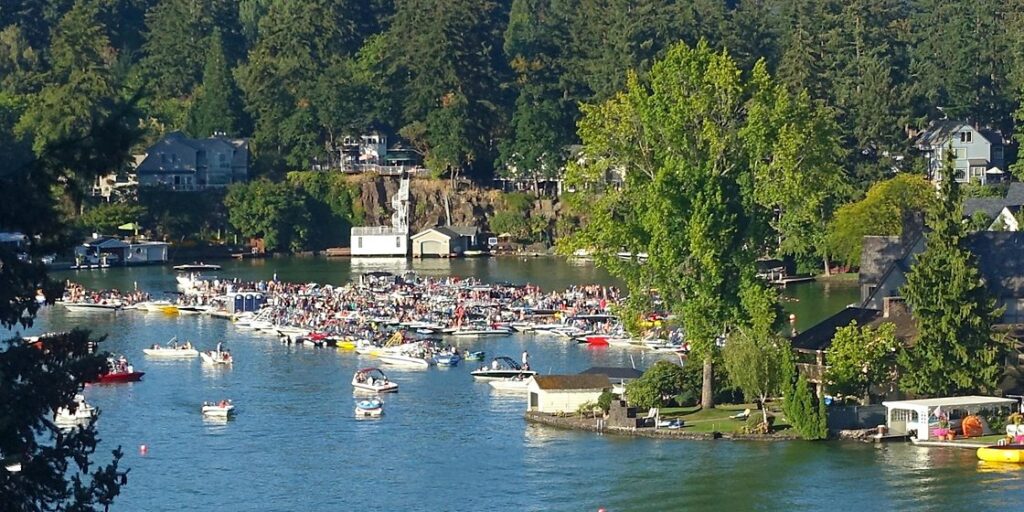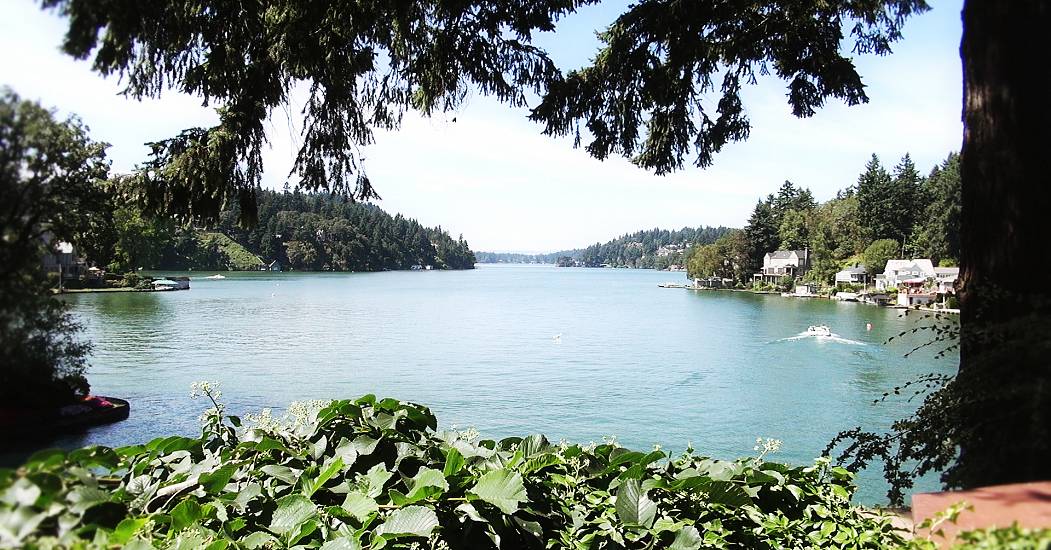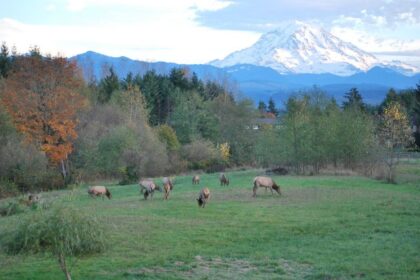Lake Oswego is a city in the U.S. state of Oregon, primarily in Clackamas County, with small portions extending into neighboring Multnomah and Washington counties. Take a look below for 20 fun and awesome facts about Lake Oswego, Oregon, United States.
1. Located about 8 miles (13 km) south of Portland and surrounding the 405-acre (164 ha) Oswego Lake, the town was founded in 1847 and incorporated as Oswego in 1910.
2. The city was the hub of Oregon’s brief iron industry in the late 19th century, and is today a suburb of Portland.
3. The population in 2010 was 36,619, a 3.8% increase over the 2000 population of 35,278.
4. The Clackamas people once occupied the land that later became Lake Oswego, but diseases transmitted by European explorers and traders killed most of the natives.
5. Before the influx of non-native people via the Oregon Trail, the area between the Willamette River and Tualatin River had a scattering of early pioneer homesteads and farms.
6. As settlers arrived, encouraged by the Donation Land Claim Act of 1850 and the subsequent Homestead Act, they found the land underoccupied.
7. Albert Alonzo Durham founded the town of Oswego in 1847, naming it after Oswego, New York. He built a sawmill on Sucker Creek (now Oswego Creek), the town’s first industry.
8. In 1855, the federal government forcibly relocated the remaining Clackamas people to the Grand Ronde Indian Reservation in nearby Yamhill County.

9. During this early period in Oregon history, most trade proceeded from Portland to Oregon City via the Willamette River, and up the Tualatin River valley through Tualatin, Scholls, and Hillsboro.
10. The thick woods and rain-muddied roads were major obstacles to traveling by land. The vestiges of river landings, ferry stops, and covered bridges of this period can still be seen along this area.
11. A landing in the city’s present-day George Rogers Park is thought to have been developed by Durham around 1850 for lumber transport; another landing was near the Tryon Creek outlet into the Willamette.
12. In 1865, prompted by the earlier discovery of iron ore in the Tualatin Valley, the Oregon Iron Company was incorporated. Within two years, the first blast furnace on the West Coast was built, patterned after the arched furnaces common in northwestern Connecticut, and the company set out to make Oswego into the “Pittsburgh of the West”.
13. In 1878, the company was sold off to out-of-state owners and renamed the Oswego Iron Company, and in 1882, Portland financiers Simeon Gannett Reed and Henry Villard purchased the business and renamed it the Oregon Iron and Steel Company.
14. The railroad arrived in Oswego in 1886, in the form of the Portland and Willamette Valley Railway. A 7-mile-long (11 km) line provided Oswego with a direct link to Portland. Prior to this, access to the town was limited to primitive roads and riverboats.
15. The railroad’s arrival was a mixed blessing; locally, it promoted residential development along its path, which enabled Oswego to grow beyond its industrial roots, but nationally, the continued expansion of the freight railroad system gave easy local access to cheaper and higher quality iron from the Great Lakes region. This ultimately led to the local industry’s demise.
16. By 1890, the industry produced 12,305 tons of pig iron, and at its peak provided employment to around 300 men.

17. The success of this industry greatly stimulated the development of Oswego, which by this time had four general stores, a bank, two barber shops, two hotels, three churches, nine saloons, a drugstore, and even an opera house.
18. The iron industry was a vital part of a strategy designed by a few Portland financiers who strove to control all related entrepreneurial ventures in the late 19th century. Control of shipping and railroads was held under the Oregon Steam Navigation Company, later to become the Oregon Railway and Navigation Company. This local monopoly responded to the area’s increasing demand for iron and steel, and grew to play a key role in economic history throughout the area.
19. Oswego Lake has been a subject of controversy over whether it is a private lake or a public navigable water. A lawsuit against the city charges that they are preventing people from using a public stairway in a public park to swim in a public lake.
20. The City of Lake Oswego does not allow public access. Two recreational users of the lake who were barred from using the lake filed a lawsuit in 2012. On August 1, 2019, the Oregon Supreme Court ruled that a 2012 Lake Oswego ordinance will need to be reviewed. The Supreme Court recognized public right to enter the body of water from public land and that the City of Lake Oswego cannot interfere with this right.




